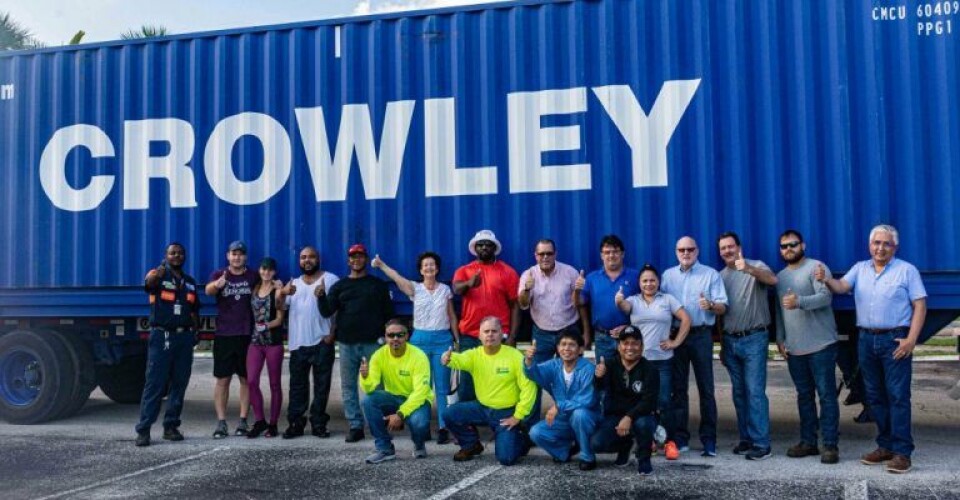Crowley Maritime’s shipping unit launches new energy division

The new division will be focused on offshore wind power and liquified natural gas.
By Michael McGrady, Maritime Direct Americas Correspondent
Crowley Shipping, an operating business unit of the Crowley Maritime Corporation, has recently formed a new division focused on energy generation and other emerging energy sectors in the U.S. and the North American adjacent regions.
According to a press release, the “New Energy” division will offer services focusing on offshore wind power and liquified natural gas (LNG). The new division, the company notes, is a needed addition to their oil and gas maritime support. This includes the use of U.S.-flagged vessels, engineering, and specialized logistical services.
“At Crowley, we have a strong company culture of environmental stewardship and sustainability in not only our own operations but in our services to customers,” says Tom Crowley, the chairman and chief executive of Crowley Maritime. “The New Energy division captures our commitment to those cultural principles while delivering innovative solutions that help customers in these emerging sectors succeed.”
Crowley expanded into LNG services when it purchased Carib Energy LLC earlier in the decade. Crowley’s petroleum services division took over Carib’s small-scale LNG export license that they obtained from the U.S. Department of Energy for transportation services in countries that the U.S. has a Free Trade Agreement with.
LNG services since that time, notes Crowley, include sourcing and distribution services and microgrid solutions and engineering services and vessel fuel bunkering. Such expertise and experiences include the company’s abilities in fueling through its own LNG combination container/roll-on roll-off (ConRo) vessels.
Crowley also specified that it is prepared to offer support and services for entire offshore wind power projects. Jeff Andreini, the newly named vice president for the New Energy division, said that the company’s capabilities exceed expectations.
“Wind power companies entering the U.S. market have big needs—infrastructure and supply chain just for starters,” he said. “Because of the newness of the American market, it’s hard for companies to know what they don’t know or will need.”










